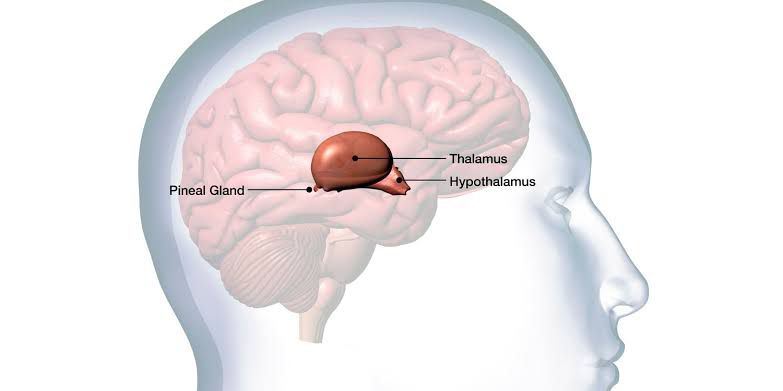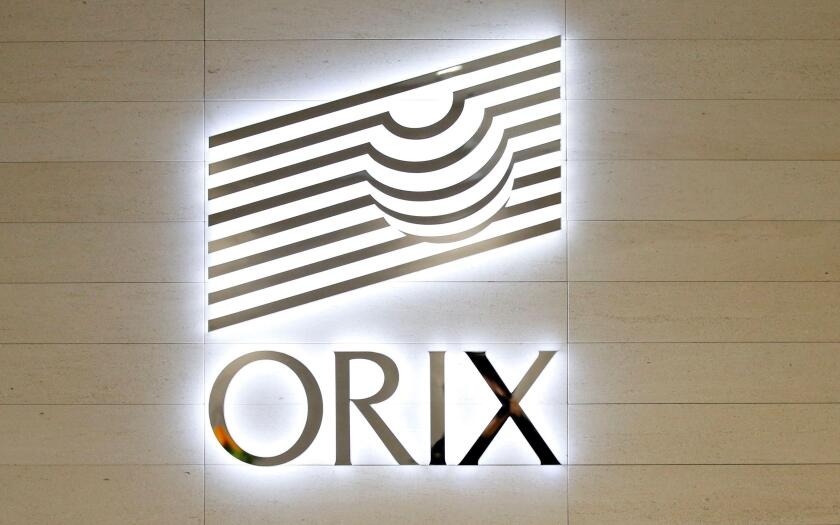 Image Source: PsyPost
Image Source: PsyPost
A groundbreaking new research has identified the thalamus—its intralaminar and medial nuclei, specifically—as the brain's main "gatekeeper" of human consciousness, fundamentally transforming our understanding of how the brain generates consciousness.
Key Highlights:
• Thalamus Comes to the Fore: Using direct intracranial recordings from the brain in humans, scientists discovered that intralaminar and medial parts of the thalamus are stimulated earlier and with greater intensity than the prefrontal cortex in conscious perception. This contradicts the widely held assumption that the cortex alone is responsible for consciousness.
• Signal Synchronization: The study found that awareness goes hand in hand with synchronized activity between the thalamus and prefrontal cortex and that there is a "thalamofrontal loop" that is instrumental in facilitating sensory information to become conscious.
• Beyond a Relay Station: While the thalamus traditionally was seen as a relay of sensory data, this research discovers that it actively participates in what does become conscious experience, filtering and coordinating brain-wide activity.
• Clinical Insight: This was made achievable because the brain activity in patients undergoing treatment for chronic headache was quantified, giving an insight into deep-brain dynamics under uninhibited and conscious processing.
Prospects: This discovery not only challenges cortex-based theories of consciousness but also sets new avenues for investigating and treating disorders of consciousness. By affirming the thalamus as an active portal, neuroscientists now have a more specific target to aim for in future research on the neural processes of awareness and potential treatments for patients with impaired consciousness.
Sources: Neuroscience News, PsyPost, Scientific China, Nature
Advertisement
Advertisement






